-
 Bitcoin
Bitcoin $114000
0.14% -
 Ethereum
Ethereum $3493
-0.55% -
 XRP
XRP $2.877
-2.40% -
 Tether USDt
Tether USDt $1.000
0.04% -
 BNB
BNB $749.6
-1.00% -
 Solana
Solana $161.8
-1.73% -
 USDC
USDC $0.0000
0.01% -
 TRON
TRON $0.3261
-0.10% -
 Dogecoin
Dogecoin $0.1978
-1.14% -
 Cardano
Cardano $0.7237
1.01% -
 Hyperliquid
Hyperliquid $38.91
1.50% -
 Sui
Sui $3.466
1.01% -
 Stellar
Stellar $0.3856
0.86% -
 Chainlink
Chainlink $16.15
0.62% -
 Bitcoin Cash
Bitcoin Cash $538.9
0.49% -
 Hedera
Hedera $0.2436
2.25% -
 Ethena USDe
Ethena USDe $1.001
0.05% -
 Avalanche
Avalanche $21.36
-0.86% -
 Toncoin
Toncoin $3.661
2.11% -
 Litecoin
Litecoin $109.1
1.99% -
 UNUS SED LEO
UNUS SED LEO $8.964
0.01% -
 Shiba Inu
Shiba Inu $0.00001220
0.67% -
 Polkadot
Polkadot $3.604
1.10% -
 Uniswap
Uniswap $9.124
0.97% -
 Monero
Monero $297.4
1.31% -
 Dai
Dai $1.000
0.02% -
 Bitget Token
Bitget Token $4.311
0.35% -
 Pepe
Pepe $0.00001048
0.49% -
 Cronos
Cronos $0.1319
-0.50% -
 Aave
Aave $257.9
1.11%
What is the annualized rate of KAVA coin pledge? What are the risks?
The annualized rate for staking KAVA ranges from 5% to 20%, influenced by total staked amount and inflation rate, but risks include slashing, validator issues, and market fluctuations.
May 20, 2025 at 09:43 pm
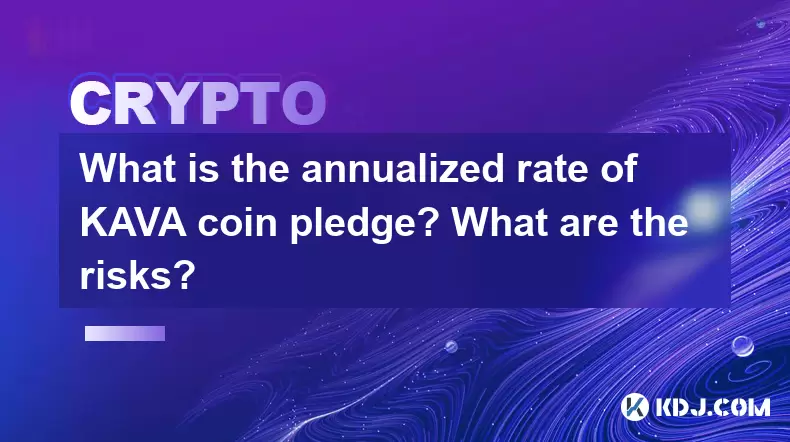
What is the annualized rate of KAVA coin pledge? What are the risks?
KAVA coin, a native token of the Kava platform, is designed to facilitate the operation of the decentralized finance (DeFi) ecosystem. One of the ways users can engage with KAVA is through staking, which involves pledging their tokens to support the network's operations and, in return, earning rewards. Understanding the annualized rate of KAVA coin pledge and the associated risks is crucial for anyone considering this investment strategy.
Understanding KAVA Coin Staking
Staking KAVA involves locking up a certain amount of KAVA tokens to participate in the network's consensus mechanism, which helps secure the blockchain and process transactions. In return, stakers receive rewards in the form of additional KAVA tokens. The annualized rate of these rewards is a key metric that potential stakers need to consider.
Calculating the Annualized Rate of KAVA Coin Pledge
The annualized rate of KAVA coin pledge can vary based on several factors, including the total amount of KAVA staked in the network, the inflation rate set by the Kava protocol, and the specific validator chosen for staking. To calculate the annualized rate, one typically looks at the percentage of rewards earned over a year relative to the amount staked.
- Current Staking Rewards: As of the latest data, the annualized rate for staking KAVA can range between 5% to 20%, depending on the aforementioned factors. This rate is subject to change based on network conditions.
- Validator Selection: Different validators may offer different rates of return. It's essential to research and select a validator that offers a competitive rate while also being reliable and secure.
Factors Influencing the Annualized Rate
Several factors can influence the annualized rate of KAVA coin pledge:
- Total Staked Amount: The more KAVA staked in the network, the lower the individual rewards might be, as the total reward pool is distributed among a larger number of stakers.
- Inflation Rate: Kava's protocol sets an inflation rate that affects the total amount of KAVA distributed as rewards. A higher inflation rate can lead to higher staking rewards.
- Network Performance: The overall performance and health of the Kava network can impact the stability and attractiveness of staking rewards.
Risks Associated with KAVA Coin Staking
While staking KAVA can offer attractive rewards, it comes with several risks that potential stakers should be aware of:
- Slashing Risk: Validators can be penalized for malicious behavior or downtime, leading to a portion of the staked KAVA being "slashed" or destroyed. Stakers who delegate their tokens to such validators may also lose a portion of their stake.
- Validator Risk: The choice of validator is crucial. If a validator goes offline or acts maliciously, stakers can lose their rewards or even part of their staked KAVA.
- Liquidity Risk: Staked KAVA is locked up for a period, reducing liquidity. If a staker needs to access their funds quickly, they may face delays or penalties.
- Market Risk: The value of KAVA can fluctuate, and a decline in price can offset the benefits of staking rewards. Stakers need to consider the potential for the value of their staked tokens to decrease.
How to Stake KAVA Coin
To start staking KAVA, follow these detailed steps:
- Choose a Wallet: Use a wallet that supports KAVA staking, such as the Kava Wallet or a compatible hardware wallet like Ledger.
- Acquire KAVA: Purchase KAVA from a reputable exchange and transfer it to your chosen wallet.
- Select a Validator: Research and select a validator from the list available on the Kava network. Consider factors such as their performance history, fees, and reliability.
- Delegate Your KAVA: In your wallet, navigate to the staking section and delegate your KAVA to the chosen validator. This typically involves entering the validator's address and the amount of KAVA you wish to stake.
- Monitor and Manage: Keep an eye on your staking rewards and the performance of your chosen validator. You may need to adjust your stake or switch validators if necessary.
Monitoring and Adjusting Your Staking Strategy
Monitoring your KAVA stake is essential to maximize returns and manage risks. Regularly check the following:
- Validator Performance: Ensure your chosen validator is performing well and not at risk of slashing.
- Staking Rewards: Track the rewards you are earning to ensure they align with your expectations.
- Network Updates: Stay informed about any changes to the Kava network that might affect staking rewards or risks.
Adjusting your strategy might involve:
- Switching Validators: If your current validator's performance declines, consider delegating your stake to a more reliable validator.
- Reassessing Staking Amounts: Depending on your risk tolerance and the market conditions, you might decide to increase or decrease the amount of KAVA you have staked.
Frequently Asked Questions
Q1: Can I unstake my KAVA at any time?
A1: While you can initiate the unstaking process at any time, there is typically a unbonding period of around 21 days during which your KAVA remains locked. You will not earn rewards during this period, and you should plan accordingly if you need to access your funds.
Q2: How are staking rewards distributed?
A2: Staking rewards for KAVA are distributed periodically, often on a daily or weekly basis, depending on the validator and the network's configuration. These rewards are automatically added to your staked amount or can be claimed and withdrawn.
Q3: What happens if a validator gets slashed?
A3: If a validator is slashed, a portion of the staked KAVA is destroyed. Stakers who have delegated to that validator may lose a corresponding percentage of their stake. It's crucial to choose reliable validators to minimize this risk.
Q4: Is there a minimum amount of KAVA required to stake?
A4: The minimum amount of KAVA required to stake can vary depending on the validator and the network's rules. Typically, the minimum is around 1 KAVA, but it's best to check with the specific validator or the Kava network's guidelines for the most current information.
Disclaimer:info@kdj.com
The information provided is not trading advice. kdj.com does not assume any responsibility for any investments made based on the information provided in this article. Cryptocurrencies are highly volatile and it is highly recommended that you invest with caution after thorough research!
If you believe that the content used on this website infringes your copyright, please contact us immediately (info@kdj.com) and we will delete it promptly.
- Solana's Next Chapter: SOL Prediction and the SOLF Token Buzz
- 2025-08-03 18:30:16
- Token Chart Buzz: Analysts Eye Potential Price Increase with Mutuum Finance (MUTM)
- 2025-08-03 18:30:16
- Dogecoin, Utility Tokens, and Whales: A New Era for Crypto?
- 2025-08-03 19:10:16
- Small Cap Crypto Gem Alert: Ruvi AI's 100x Potential Shakes Up Solana, Ethereum, and XRP
- 2025-08-03 19:10:16
- Cryptos, Scarcity, and Beta Games: A Troller Cat's Perspective on the 2025 Meme Coin Mania
- 2025-08-03 19:15:16
- Aavegotchi Goes Base: A New Era for Gamified NFTs?
- 2025-08-03 19:15:16
Related knowledge

What is Chainlink (LINK)?
Jul 22,2025 at 02:14am
Understanding Chainlink (LINK): The Decentralized Oracle NetworkChainlink is a decentralized oracle network designed to bridge the gap between blockch...
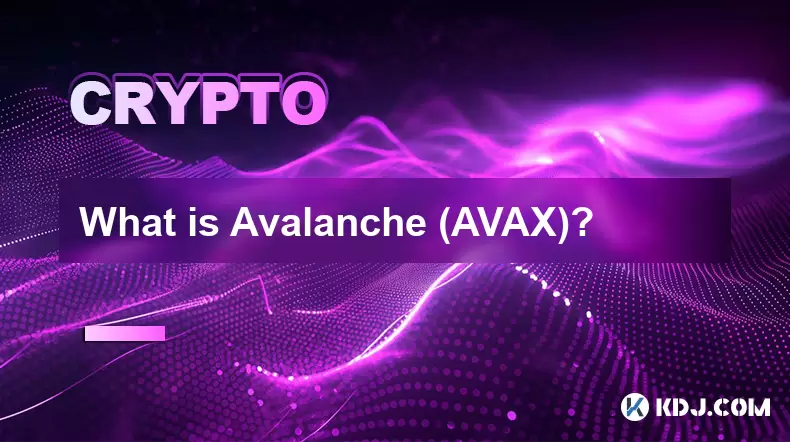
What is Avalanche (AVAX)?
Jul 22,2025 at 08:35am
What is Avalanche (AVAX)?Avalanche (AVAX) is a decentralized, open-source blockchain platform designed to support high-performance decentralized appli...
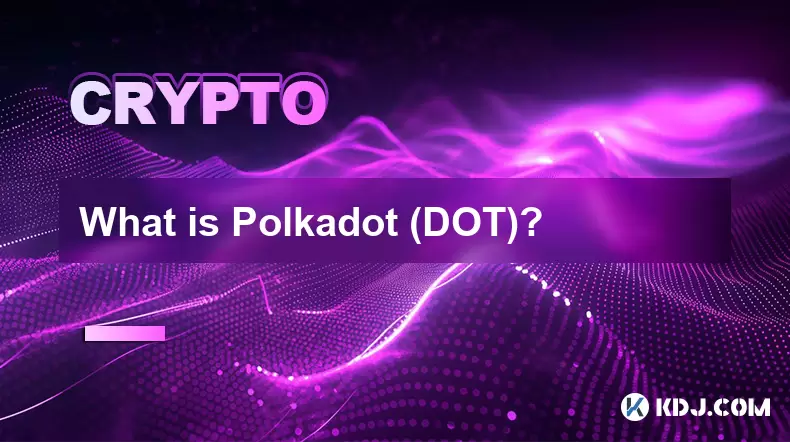
What is Polkadot (DOT)?
Jul 19,2025 at 06:35pm
Understanding the Basics of Polkadot (DOT)Polkadot (DOT) is a multi-chain network protocol designed to enable different blockchains to transfer messag...
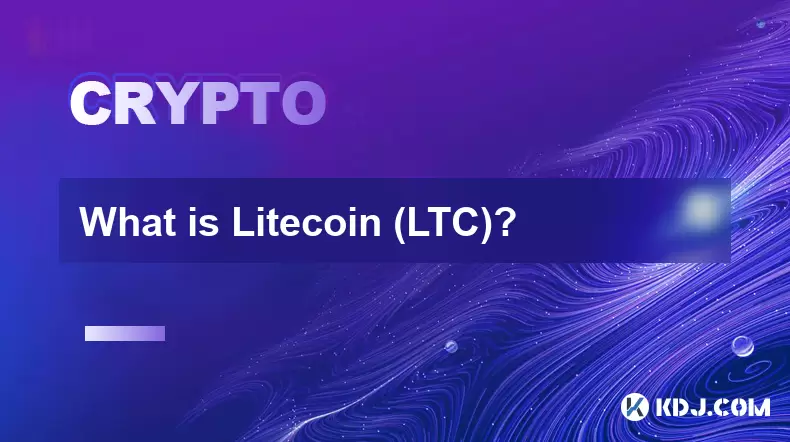
What is Litecoin (LTC)?
Jul 23,2025 at 11:35am
Overview of Litecoin (LTC)Litecoin (LTC) is a peer-to-peer cryptocurrency that was created in 2011 by Charlie Lee, a former Google engineer. It is oft...
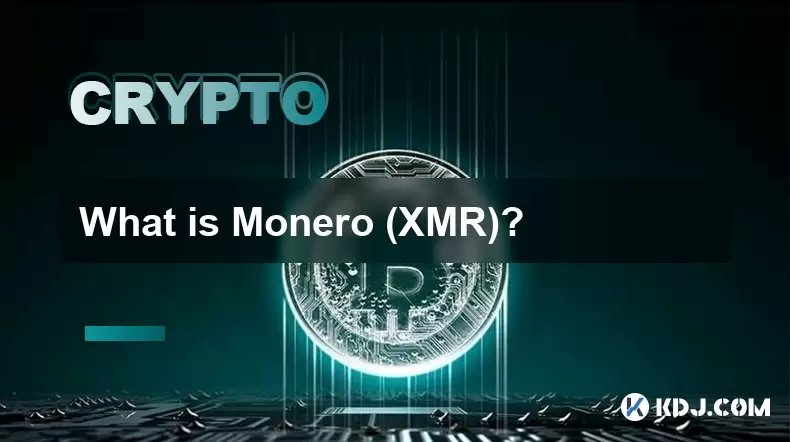
What is Monero (XMR)?
Jul 21,2025 at 10:07am
What is Monero (XMR)?Monero (XMR) is a decentralized cryptocurrency designed to provide enhanced privacy and anonymity for its users. Unlike Bitcoin a...
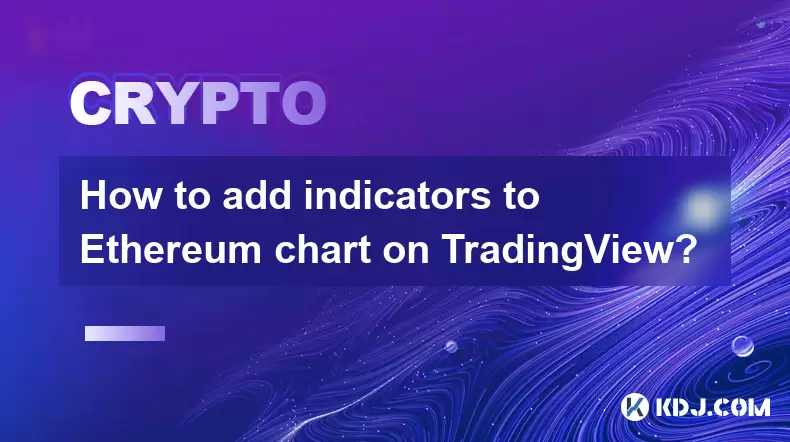
How to add indicators to Ethereum chart on TradingView?
Jul 19,2025 at 07:15am
What Is an Ethereum Chart on TradingView?The Ethereum chart on TradingView is a visual representation of the price movement of Ethereum (ETH) over a s...

What is Chainlink (LINK)?
Jul 22,2025 at 02:14am
Understanding Chainlink (LINK): The Decentralized Oracle NetworkChainlink is a decentralized oracle network designed to bridge the gap between blockch...

What is Avalanche (AVAX)?
Jul 22,2025 at 08:35am
What is Avalanche (AVAX)?Avalanche (AVAX) is a decentralized, open-source blockchain platform designed to support high-performance decentralized appli...

What is Polkadot (DOT)?
Jul 19,2025 at 06:35pm
Understanding the Basics of Polkadot (DOT)Polkadot (DOT) is a multi-chain network protocol designed to enable different blockchains to transfer messag...

What is Litecoin (LTC)?
Jul 23,2025 at 11:35am
Overview of Litecoin (LTC)Litecoin (LTC) is a peer-to-peer cryptocurrency that was created in 2011 by Charlie Lee, a former Google engineer. It is oft...

What is Monero (XMR)?
Jul 21,2025 at 10:07am
What is Monero (XMR)?Monero (XMR) is a decentralized cryptocurrency designed to provide enhanced privacy and anonymity for its users. Unlike Bitcoin a...

How to add indicators to Ethereum chart on TradingView?
Jul 19,2025 at 07:15am
What Is an Ethereum Chart on TradingView?The Ethereum chart on TradingView is a visual representation of the price movement of Ethereum (ETH) over a s...
See all articles

























































































